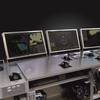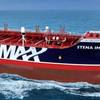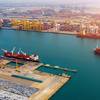Interview: Jörg Franzke, President, Scania USA
Jörg Franzke, the newly appointed president of Scania U.S.A., Inc., is a company veteran, having been with the Scania group since 1995, building a wide experience in various positions such as Services, Truck Sales, R&D, Network Development and Quality Management. And prior to his current role, Franzke was the Head of Power Solutions at Scania Germany for 10 years.
He weighs in on how Scania is helping customers meet their decarbonization agendas, and lays out challenges and opportunities on the path ahead.
The commercial marine industry is seeing major changes in several key areas, especially in digitalization and decarbonization. How do you see these shifts, and how does Scania USA fit into the picture?
The growing shift towards being sustainable strongly aligns with Scania’s core values—to drive the shift towards a sustainable transport system, creating a world of mobility that is better for business, society and the environment.
Scania’s long-standing compatibility with alternative fuels like hydrotreated vegetable oil (HVO) and biodiesel continue to meet end users’ needs for equipment that can be cleaner. We give OEMs and builders the ability to meet a new requirement by simply selecting Scania engines.
Furthermore, the launch of our electrified power systems will give customers a hybrid and fully electric solution. With a potential CO2 emission reduction of up to 92%, Scania’s hybrid electric system combines an e-machine with a combustion engine—either together or as standalone power sources. The fully electric system enables a potential CO2 emission reduction of up to 98% if the electricity is generated from renewable sources.
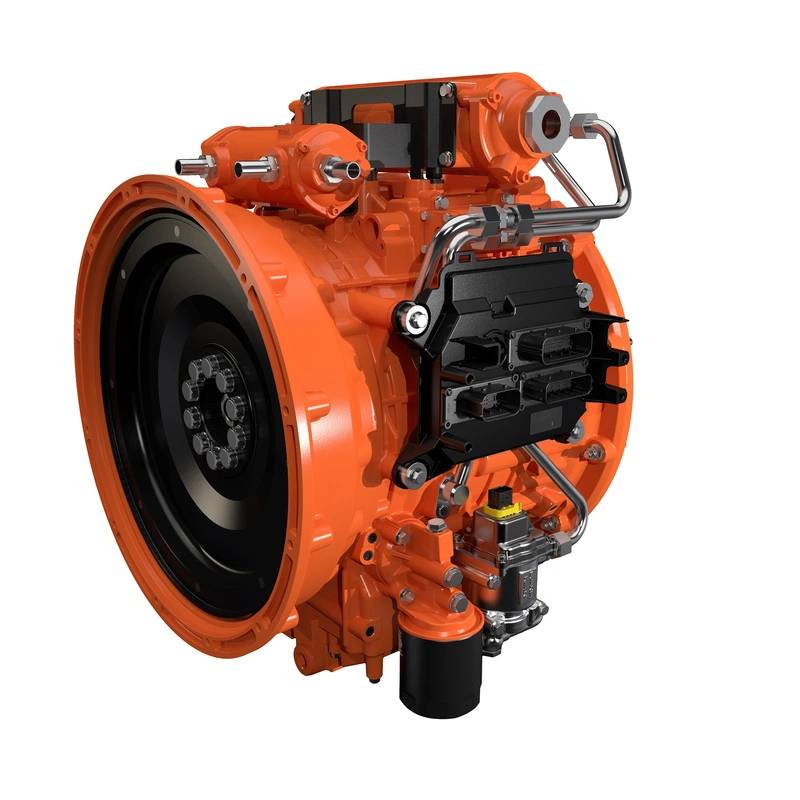 (Image: Scania)
(Image: Scania)
What sets Scania’s new e-Machine apart from other solutions on the market, and what types of vessels is it best suited for?
Our in-house developed electric solutions draw on Scania´s extensive experience, knowledge and technology from electrifying on-road vehicles, resulting in high system reliability and outstanding performance in a compact design. All components work seamlessly together and are controlled by a common management system. The single system management interface and the single mechanical interface—CAN J1939 and SAE 1—will remain as previous and thereby simplify integration with external components.
The e-Machine will be both modular and scalable, allowing customers to select from and combine a number of components based on the application and specific demands.
This is a single-source solution, including batteries and software, making it much easier for the customer to use the technology and to apply it to their machines.
Scania’s electrified power systems will be beneficial in a variety of applications: A boat working in a harbor, an excursion vessel visiting wildlife and a motor yacht cruising between ports are all ideal applications for the e-machine.
Do you see appetite in the market for other new products?
Yes and no. Simply put, innovation is at the heart of Scania’s success. The transport industry is changing fast, and to drive the shift towards cleaner, safer and smarter solutions, we need to be able to innovate quickly. Innovation at Scania is focused on advancing low-carbon transport solutions. E-machines for electrification, alternative fuels like HVO and biodiesel to reduce CO2 emissions, improving engine design to reduce fuel consumption and launching higher power-to-weight ratio engines like the pleasure rated engines for the recreational yacht market.
We also believe the diesel engine will have a continued impact for years to come; while focusing on our electrification technology, we will continue to offer diesel engines that run on alternative fuels. In addition, the release of Scania’s new, redesigned 13L diesel engine platform will further reduce fuel consumption and greenhouse gases for heavy-duty diesel equipment and vehicles. When installed in a Scania truck, this new engine and drivetrain combination has reduced fuel consumption by 8%. While 8% does not sound like much, when you do the math, this amounts to significant savings for our customers.
How do you see the recent CARB harbor craft emissions rule changes in California, and how do they impact Scania?
Scania is responding with a pure electric option for the new and in-use short run ferries. For new excursion vessels, we will offer the plug-in hybrid approach where 30% or more of power is derived from zero-emissions sources.
These regulation changes will also encourage current commercial vessel operators to repower their vessels with newer Tier III engines. By doing so, some operators will be able to utilize their current vessels for up to 10 more years without having to shift to more costly Tier IV technology. Scania’s current engine lead times are very favorable, allowing us to respond to these repower requests.
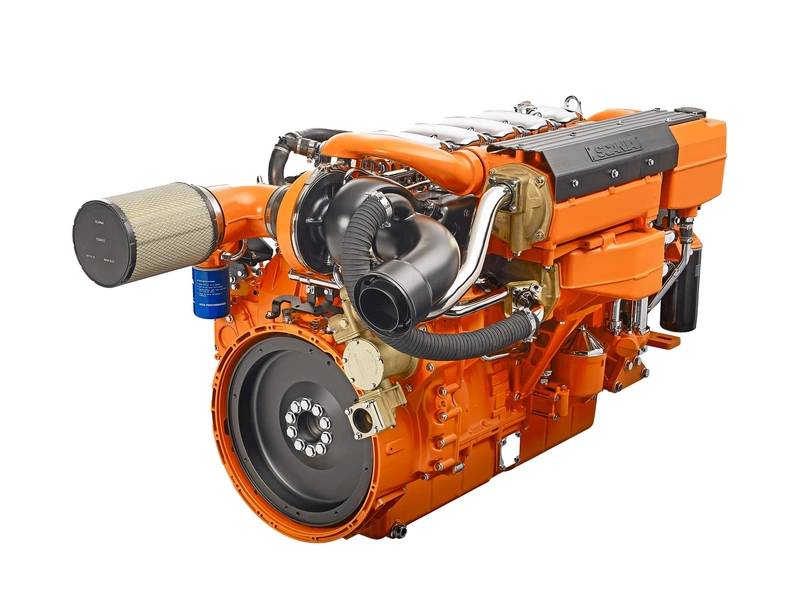 (Image: Scania)
(Image: Scania)
Where do you see greatest opportunities for Scania’s marine business in the U.S.?
While COVID has had a significant impact on the market, especially the passenger vessel industry, many of the traditional markets we have been successful in have continued to grow, such as fishing, wind farm support, university research vessels and the pilot boat industry.
As the passenger vessel market rebounds from the pandemic, operators are looking to meet the demand of increased passenger counts, while modernizing their fleet. This includes the growing shift to alternative fuels and fully electric and hybrid applications. We believe that together with our partners and customers we can develop solutions to reach tangible results in reducing our carbon footprint while ensuring that we meet the demands of a growing population profitably and sustainably.
What do you count as your greatest challenges as head of Scania’s U.S. business? What are you doing to help tackle these?
As the world rebounds from the pandemic, it will be my top priority to help Scania U.S.A. position itself as the best strategic partner for industrial and marine applications. I hope to achieve this by continuing to mitigate the supply chain issues we are all facing, build brand awareness through distributor and service dealer support and development, and emphasizing Scania’s core values of elimination of waste, determination, team spirit, respect for the individual and integrity. It is especially important for our customers to understand they have a partner in Scania, not just a supplier.
What are your top goals for the next 6-12 months, and what’s your strategy to achieve them?
While I work to build the relationships associated with my role as President of Scania USA, one of the top priorities in the next 6-12 months will be to introduce Scania’s electrification solution and continue to communicate our favorable engine lead times. This will provide our customers with products when they are needed and help ensure our end users have the equipment and vessels they need to keep up with the recovering economy.





